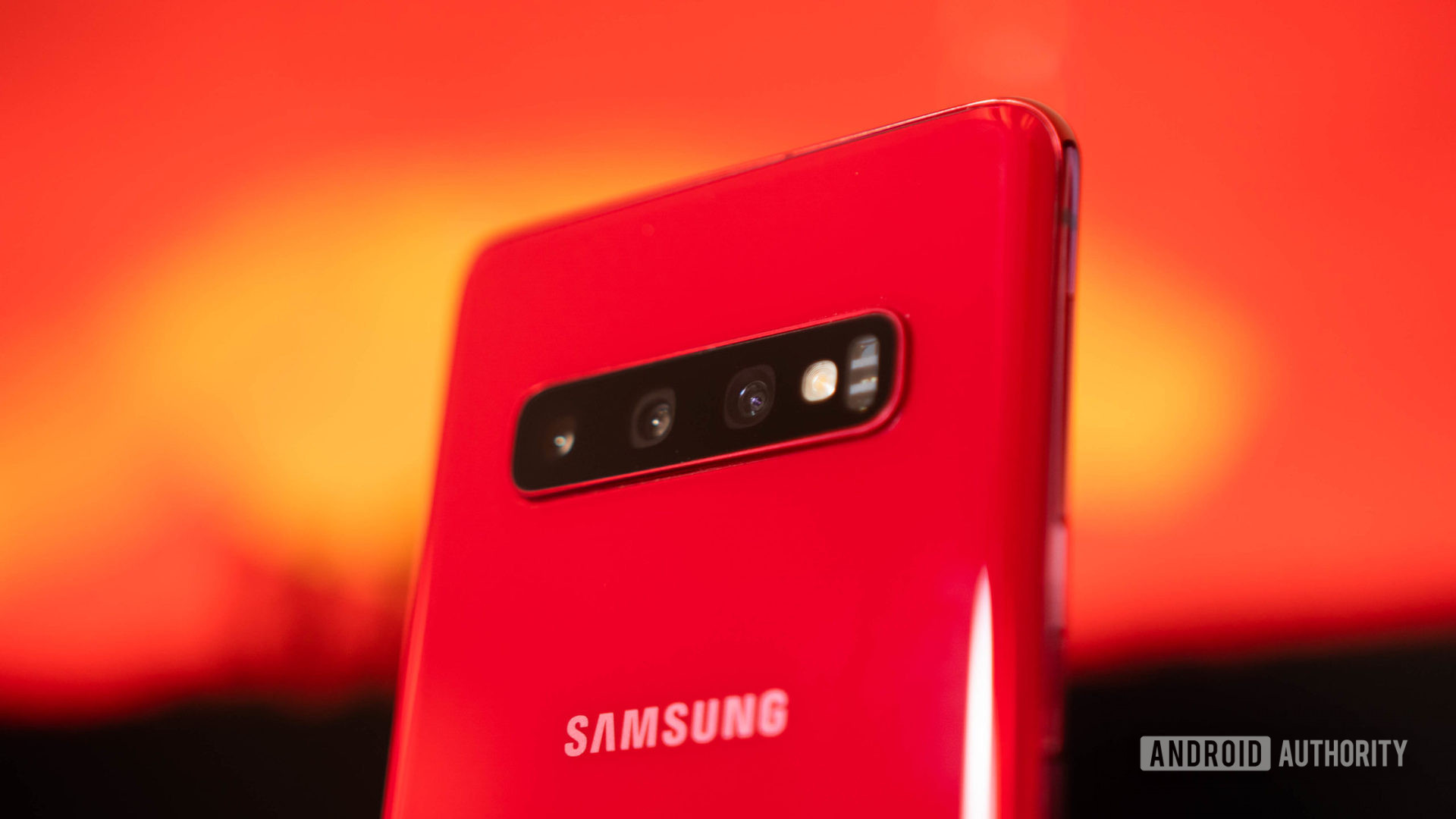Affiliate links on Android Authority may earn us a commission. Learn more.
Variable aperture smartphone cameras will make a comeback next week
Published onAugust 31, 2022

- HUAWEI has confirmed that it will offer a variable aperture camera on the Mate 50 series.
- This will allow the phone camera to switch between aperture sizes.
- Aperture adjustments affect light capture and depth of field effects.
Samsung was one of the few smartphone brands to offer a variable aperture camera on their phones back in the late 2010s, differing from the fixed aperture seen on the vast majority of phones up until then. Now, another brand has revealed that it will resurrect the feature for its new flagship range.
Huawei announced on Weibo that the upcoming Mate 50 series, set to launch in China on September 6, will offer a camera with a variable aperture. And there are a couple of reasons why you’d want this option on your smartphone.
Why is a variable aperture worth having?
For one, a variable aperture means you can adjust the amount of light being captured by your phone’s camera. Taking a photo at night? Then going for a wider aperture will let more light in and deliver a brighter photo. Otherwise, you can stick to a narrower aperture during the day when there’s no shortage of light.
Adjusting the size of the phone camera’s aperture also has an impact on depth of field. A wider aperture means a shallower depth of field effect, with a blurred background but a sharp foreground. Meanwhile, a narrower aperture results in a deeper depth of field, with everything (including the background) being in focus.
Do you want a variable aperture camera on your phone?
Samsung and OPPO released phones with variable aperture cameras in 2018 and 2019, but these devices could only switch between two aperture sizes (f/1.5 and f/2.4). There’s no word if HUAWEI will take this approach or offer a freely adjustable aperture design on the Mate 50 series. In any event, the news comes roughly a year after a HUAWEI patent for a variable aperture camera design first emerged online.
This could be a handy addition for today’s smartphones owing to the huge sensors they often carry. Smartphones with large sensors often have a shallow depth of field, meaning you’ll need to step back sometimes to get a picture with everything in focus. So being able to adjust the aperture accordingly would be very welcome here.